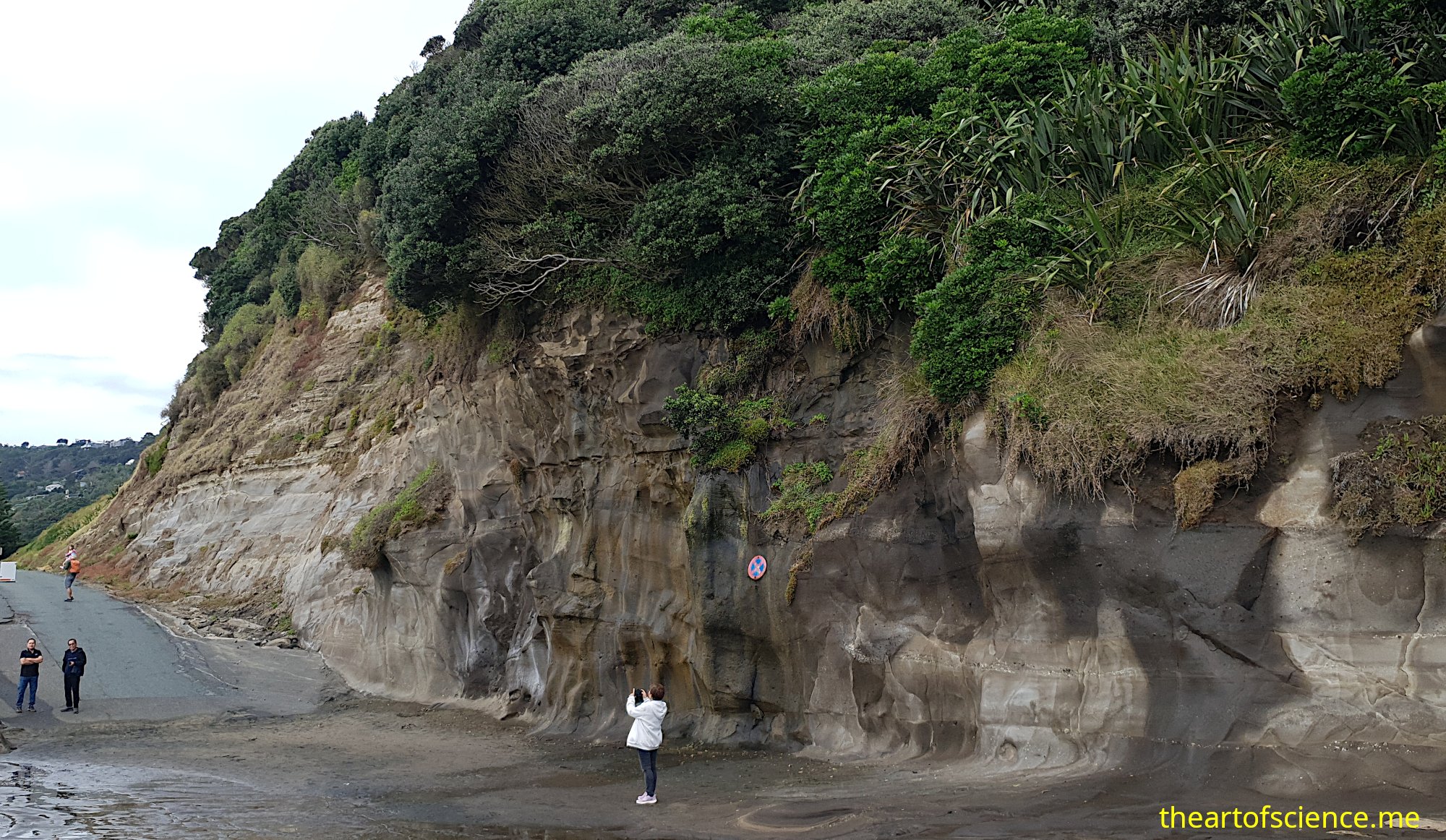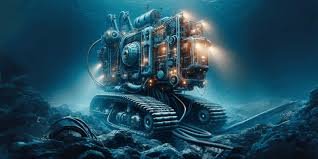Otakamiro point Muriwai, the land that time remembered.
The Miocene Waitemata Basin
Our property in Kumeu stands on land once submerged 2 kilometres below the sea 20 million years ago.
Then, a deepening sea (Waitemata Basin) collected sediments washed from massive marine volcanoes in the west and a coastline to the North composed mainly of durable greywacke rocks.
Pushed from the past into the present.
Under immense pressure, deep in the ocean, sediments slowly compacted to form mudstones, sandstones and conglomerates. Like water squeezed from a sponge, layers of sediment capable of slumping down slopes morphed slowly into solid rock. Over 15 million years, massive forces unleashed by the collision of crustal plates lifted layers of rock 4 kilometres thick slowly above the waves.
It has been estimated that about 2 kilometres of these rocks have been removed by erosion and returned to the deep. A kind of giant Waitemata rock recycling process, forever chasing the plate boundary as it moves eastward.
Otamakiro Point reminds us of the past. A vision of the future if we can hang around long enough.
Mining companies chuck 98% of everything they pull from the ground away in the search for metals.
The planet wastes nothing as it continually recycles. Pity we are about to interrupt 4.5 billion years of sound planetary self-management. Cry capitalist havoc and let slip the deep ocean machines of consumerist destruction. Shakespeare nearly wrote this stuff for Shane Jones.
The Waitakere Volcano.
The immense Waitakere volcano rose 4000 meters above the seabed 20 million years ago. Violent volcanic activity had ceased by 17 million years ago and the passage of time has not been kind to the original structure. A small conical section making up the present-day Waitakere Ranges is all that remains after erosion has taken its toll.
Sandstone and mudstone layers at Otakamiro point, Muriwai.
Thick sandstone layers.
A layer with course material runs through the centre of the picture. This probably washed into the depths of the Waitemata Basin from slopes higher up on the volcano.
Angular pieces of volcanic debris.
Small volcanoclastic fragments with sediments from a short-lived Miocene flood event lasting a day or so are visible in this cliff section.
A blurry 20 million-year-old snapshot records a small part of the ancient Waitakere Volcano history.
Probably New Zealand's most spectacular volcano, it poured lava and volcanoclastic debris onto its submerged slopes, where strong sea currents transported it relentlessly into a deepening sea. The driving force for all this activity was a nearby subduction zone.
The subduction zone has moved eastwards during the last 20 million years but is still driving volcanic activity.
Debris flows.
Marine debris flows triggered by earthquakes or volcanic activity flowed down the slopes of the Waitakere volcano, coming to rest on the lower slopes. It disturbed and mixed with sedimentary layers on its journey. The course material scoured out holes and dragged material with it.
A slide from a presentation covering the geological history of the last 20 million years.
Closer look.
20 million years later.
Five million years after I took this picture at Muriwai, Otakamiro Point has been completely eroded, its sandstone particles released and washed out to sea where the long process of new rock formation has started.
The sediments buried all remains of the huge mining machines that plundered the ocean bed for precious metals.
Another 15 million years has passed and the Waitakere recycling project continues relentlessly, tracking the plate boundary as it continues its easterly migration.
The huge forces generated by collision processes at plate boundaries again lift sandstone rocks made from recycled Waitakere volcanic sandstones.
In the future.
Fully 20 million years from now a new Otakamiro Bay sits on a coastline 20 Kilometers east of its current position.
Deep sea mining equipment discarded after a short lived mining boom down New Zealand’s west coast was slowly buried in muds and sandstone. Rusty outlines of this equipment is clearly visible in the rocks of a future Otakamiro Point.
Unfortunately it wasn’t just the seabed we destroyed.
References.
An article by Bruce Hayward, Guru of New Zealand Geology.
Redefining the Waitemata sandstone. Shane, P., L. J. Strachan, and I. Smith (2010), Redefining the Waitemata Basin, New Zealand: A new tectonic, magmatic, and basin evolution model at a subduction terminus in the SW Pacific, Geochem. Geophys. Geosyst., 11, Q04008, doi:10.1029/2009GC002705. A pdf is available from this link.










